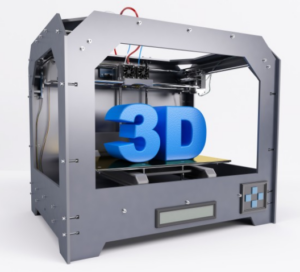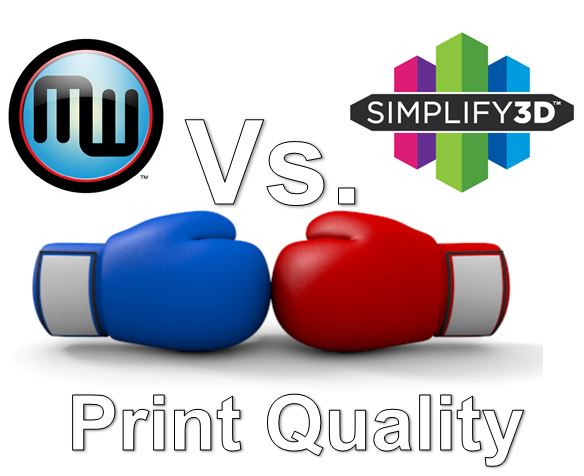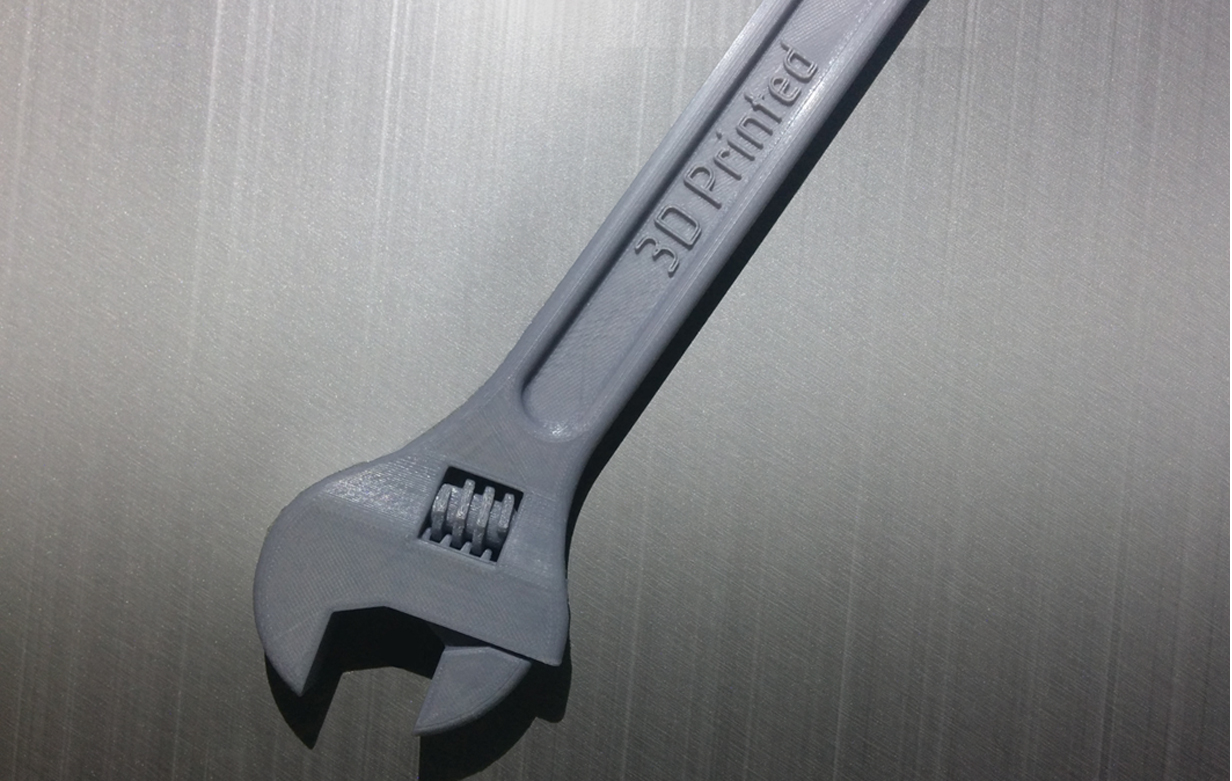PPS (Polyphenylene Sulfide)
Brief Introduction and History:
Polyphenylene Sulfide (PPS) is a high-performance thermoplastic polymer that has gained significant popularity in the 3D printing industry due to its remarkable properties, such as high temperature resistance and chemical inertness. PPS was first developed in the 1960s, and its adoption in 3D printing has grown steadily, particularly in industries that require parts with outstanding mechanical and thermal capabilities.
Material Composition:
PPS is a semi-crystalline polymer composed of benzene rings linked by sulfide (-S-) and ether (-O-) groups. It is typically produced through the polymerization of p-dichlorobenzene and sodium sulfide, resulting in a high-performance material with excellent dimensional stability and resistance to chemicals and heat.
Uses:
– Aerospace and automotive components
– Electrical components
– Industrial machinery parts
– Chemical processing equipment
– Medical instruments
Best Fit Use:
PPS is best suited for applications that require high heat resistance, excellent dimensional stability, and chemical resistance, making it ideal for manufacturing components in demanding environments such as automotive and aerospace industries.
Detailed Example of Specific Use 1:
The use of PPS in the production of automotive components, such as intake manifolds and fuel system parts, allows for reliable performance under high-temperature conditions while maintaining structural integrity and durability.
Detailed Example of Specific Use 2:
In the electronics industry, PPS is utilized to manufacture components for printed circuit boards (PCBs) due to its exceptional electrical properties, thermal stability, and resistance to harsh chemicals.
Difference Between Basic and Advanced Forms:
Advanced forms of PPS may include reinforced grades with glass fibers, carbon fibers, or mineral reinforcements, which enhance the material’s mechanical strength, stiffness, and dimensional stability compared to the standard unfilled PPS.
Benefits:
– High heat resistance (up to 240°C)
– Excellent chemical resistance
– Dimensional stability and low moisture absorption
– Good electrical insulating properties
– Superior mechanical strength and stiffness
Drawbacks:
– Higher cost compared to some other thermoplastics
– Limited color options for 3D printing
– Post-processing may be required for achieving smoother surface finish
Overall Rating for Daily Use:
PPS is highly rated for daily use in professional contexts where exceptional thermal and chemical performance is required, while hobbyists may find its cost and limited color options less appealing for general-purpose applications.
Future Developments:
Ongoing research in PPS focuses on improving its 3D printing processability, expanding color options, and developing specialized grades for specific industries, aiming to further broaden its applications and accessibility in the 3D printing market.






